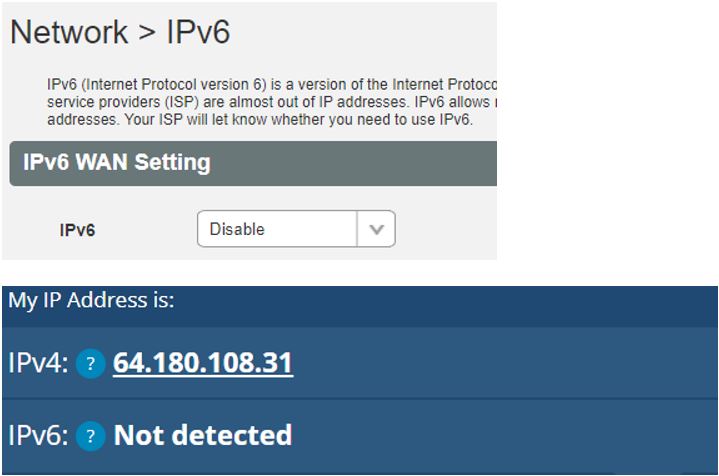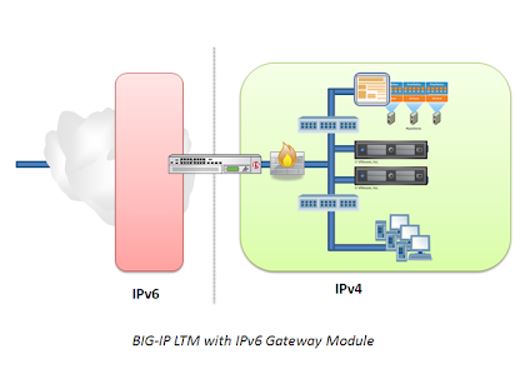Differences Between IP4 vs IP6
IP4 vs IP6 – Not so simple
- It takes effort to make them co-exist. It’s ugly because they are incompatible.
- An IPv4 cannot be converted to an IPv6 address.
Generally, you will have to work with one or the other – however, there are ways to connect them. These methods include dual network stacks (generally not available, requires lots of skills, still has issues) and tunneling.
The bad news with the dual-stack approach is that it will only work for specific applications. It also has the potential to slow traffic down as every packet has to be inspected to see if it needs DS-ALG services.
In tunneling, one protocol is carrying inside another. Usually, that's going to be IPv6 in IPv4. These tunnels can move your IPv6 packets across both your internal IPv4 WAN and the mainly IPv4 Internet, Someday, when IPv6 becomes the top Internet protocol, we'll use IPv6 tunnels to carry IPv4 traffic.
What is my IP4
You have an IPv6 public address. That means you are working with IPv6. The image below is typical.

The Ipv6 address comes up 1st and it takes a few secs to get the IPv4. The displayed IPv6 address is not useful.

IPv6 has been disabled. Now when you search for your IP address you will only see the IPv4 address. You can work with that.

The disconnect between IPv4 and IPv6 is in the differences in their headers. It is these differences that cause IPv4 and IPv6 to be incompatible. An IPv4 packet header is a fixed-length, 40 bytes long. An IPv6 packet header is variable in length and can be up to 60 bytes long. Traditional IP “options” are carried within the IPv4 header, while in IPv6 these options are appended after the header, allowing for more flexibility in extended options over time. These differences are core to the protocol and therefore core to the packet processing engines that drive most routers and switches. Unless network infrastructure is running what is known as a “dual-stack”, i.e. two independent networking stacks that allow the processing and subsequent translation of the two protocols, the infrastructure cannot easily handle both IPv4 and IPv6 at the same time.
A Gateway solution is the simplest
A gateway to support IPv6 externally while making relatively no changes to the organizational network architecture. An IPv6 gateway can provide the translation necessary to seamlessly support both IPv6 and IPv4. Employing an IPv6 gateway insulates organizations from making changes to internal networks and applications while supporting IPv6 clients and infrastructure externally.



